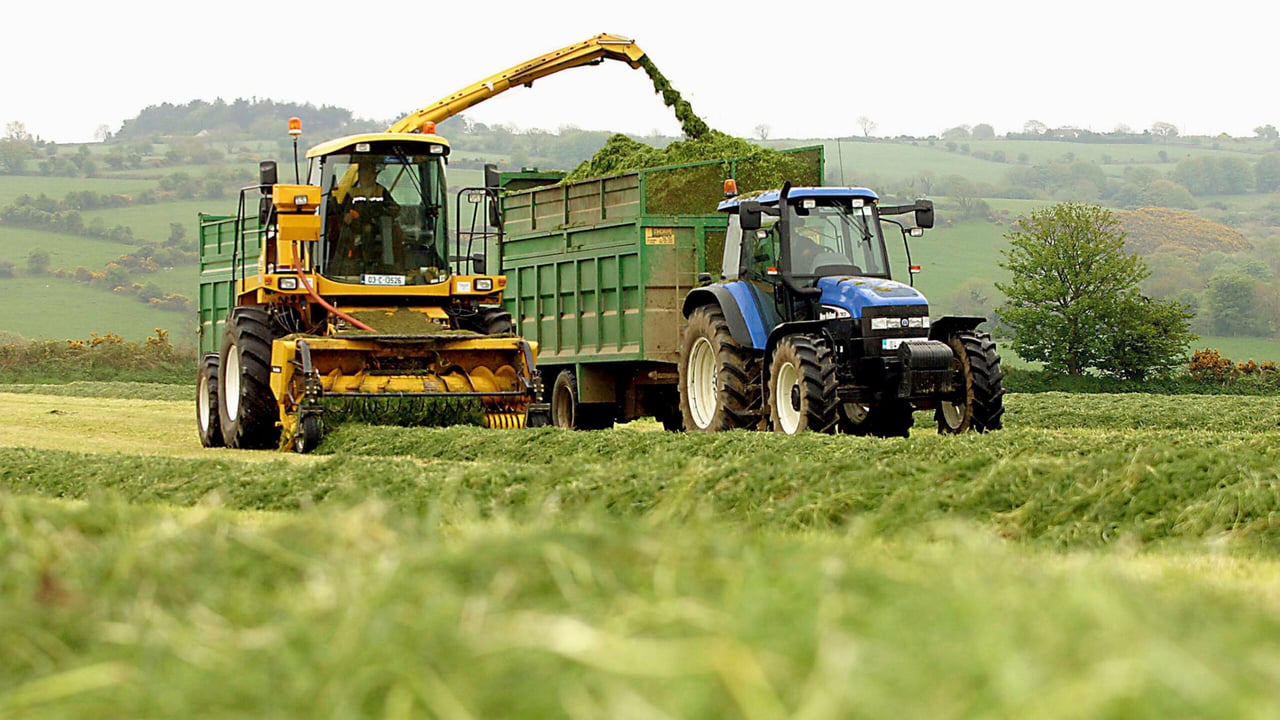Sponsored Article

Sponsored Article
Maximising slurry value this spreading season
Sponsored Article

As the open period for slurry spreading has arrived, the focus turns to lowering tanks, particularly after a wet winter when tanks are close to overflowing.
And, with fertiliser prices remaining high, it is important to consider slurry as a valuable fertiliser resource.
Once tanks have been lowered a biological additive, such as Digest-it, should be added to cover the projected increase in slurry volumes until tanks are lowered again, usually after the first cut.
Digest-it has been shown to increase slurry nitrogen content by 33%, by reducing volatile ammonia losses and increasing the proportion of organic nitrogen.
Digest-it is also effective at digesting sludge in the bottom of tanks, which results in an increased content of phosphorus.
Research undertaken at the Devenish Dowth Research Estate has over the past six years found Digest-it treated dairy slurry to improve grass dry matter yields by 18%, worth an extra €197/ha.
Worm numbers also increased by 36% where Digest-it had been applied. Worms are a key indicator of soil health, which improved when slurry was treated with Digest-it.
Dairy farmer Mitchell Hayes from Blarney, Co. Cork has found using Digest-it to ease slurry management by reducing agitation time by 75%, as slurry is more uniform. In addition, there has been a marked reduction in odour, including ammonia emissions.
With Mitchell wanting to maintain grass production with less reliance on bagged fertiliser, the improved nutrient content of Digest-it-treated slurry enables this improvement in sustainability to occur.
"Our current focus is to maintain our level of production, while relying less on imported artificial fertilisers and reducing the inputs in line with our commitments we're being required to do in an environmental perspective," he explains in the video below.
"I was introduced to Digest-it by my area sales manager Edmond Curtin," Mitchell said.
The farmer started off by using it on two tanks in winter 2021, and this year plans to use it on all tanks.
"I was so happy with the results," he said.
The initial advantages he said were ease of management of the slurry and the reduction of odours at the time of spreading, followed by the fact that it allowed the nutrient to become more available to the plant.
"The other advantages is it does reduce our ammonia emissions," he added.
Once tanks are lowered Digest-it should be added at a rate of 1 x 20L can per 450,000L (100,000 galls) slurry. Alternatively, add half a can/100 cows/month. Dilute with water to get good coverage across tanks.
Digest-it-treated slurry is proven to grow more grass in a cost-effective way and represents an important action to become less dependent on chemical fertiliser and to improve dairy herd sustainability and profit.
For more information on Digest-it, click here.
Sponsored Article






